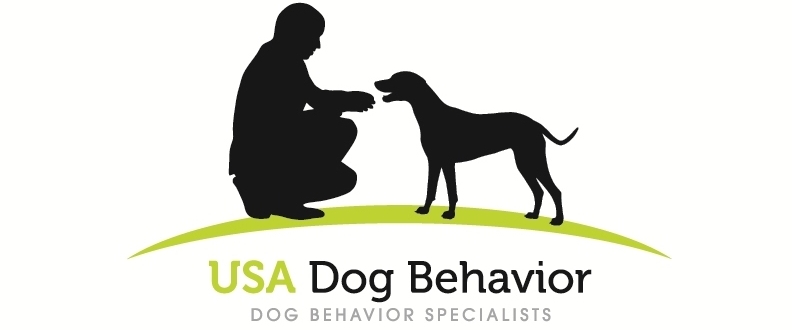The Hidden Ways You Might Be Punishing Your Dog Without Knowing It
The Hidden Ways You Might Be Punishing Your Dog Without Knowing It
© Scott Sheaffer, CBCC-KA, CDBC, CPDT-KA, USA Dog Behavior, LLC
For the audio version of these blog posts, tune into the USA Dog Behavior Podcast.
Understanding What Counts as Punishment in Dog Training
We all think we know what punishment looks like when it comes to dogs. Ask most people, and they’ll say, “Oh yeah, that’s stuff like hitting, spanking, shock collars, jerking the leash, or prong collars.” And yes, those are all forms of punishment—but they’re not the whole story.
What if I told you that to your dog, yelling might feel just as punishing as any of those physical tools?
What Dog Trainers and Dog Behaviorists Mean by “Punishment”
Let’s break it down. In behavioral science, punishment simply means doing something that reduces the likelihood of a behavior happening again. That’s it. It doesn’t have to be physical, dramatic, or even intentional. If your dog barks at the window and you shout, “Hey, stop that!” and they lower their head or walk away, your yelling probably acted as a punishment—at least in that moment.
Example: Your dog doesn’t quickly go to you when you ask them to come. You yell at them for not meeting your expectations. From your dog’s view, you’re just being loud and scary. That experience might make them actually avoid you. You scared them. You can imagine the training problem that starts in this common example of what not to do.
Why Dogs Don’t Always Understand Our Corrections
Now, here’s the twist: dogs don’t see punishment the way humans do. We might think we’re “just being firm,” “setting boundaries,” or “correcting.” But from your dog’s perspective, you’re suddenly loud and unpredictable. That can be confusing or even frightening. And when dogs get confused or scared, they often shut down—or act out more. And just like with humans, scared dogs are not very effective learners.
Example: A dog gets on the couch, and the owner claps loudly and scolds them for being up there. The dog jumps down but then avoids the living room and the owner for hours—not because they “learned a lesson,” but because they felt unsafe. Not really what the dog’s owner was after.
Accidental Punishment: A Common Mistake in Dog Behavior
I’ve seen many cases where well-meaning dog owners use harsh tones, loud voices, or sudden movements, thinking it’s “just communication.” But to their dogs, it’s punishment. It’s important to ask, is my dog learning what to do, or are they simply trying to avoid my punishment?
Reward-Based Training: A Kinder, Smarter Alternative
Here’s the good news: you can raise a well-behaved dog without needing punishment at all. Seriously. We see this concept in action in good parenting skills used with human children. In fact, dogs learn better when we focus on rewarding the behaviors we like—rather than punishing the ones we don’t.
Think about it, when you use punishment with dogs, you have to punish an infinite number of “I don’t want that” behaviors. When we reward desired behaviors, we focus on the one thing we want making it much easier for the dog to understand.
Example: Your dog sits calmly instead of jumping up when you come home. You greet them with affection and maybe a treat. They learn, “Sitting calmly gets me what I want.”
Explore More Positive Dog Training Tips
If you're curious about more effective (and kind) ways to work with your dog, check out my free blog posts, videos, and podcast episodes at USADogBehavior.com. I talk a lot about how dogs learn, how to handle common behavior problems, and how to build a better relationship with your dog—without fear-based methods.
Final Thought: Train with Compassion, Not Intimidation
So, the next time your dog does something frustrating, take a breath. Ask yourself, is what I’m about to do helping them learn, or am I just scaring them into silence?
Because there’s a big difference.
For the audio version of these blog posts, tune into the USA Dog Behavior Podcast.

